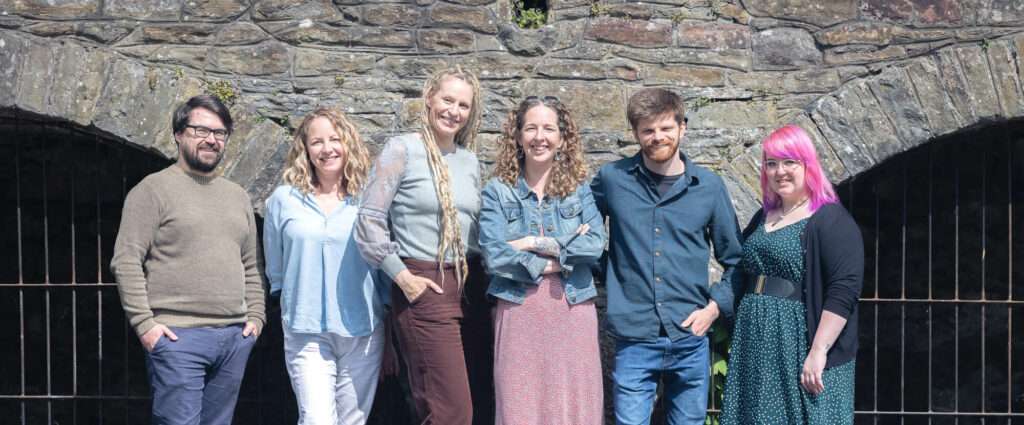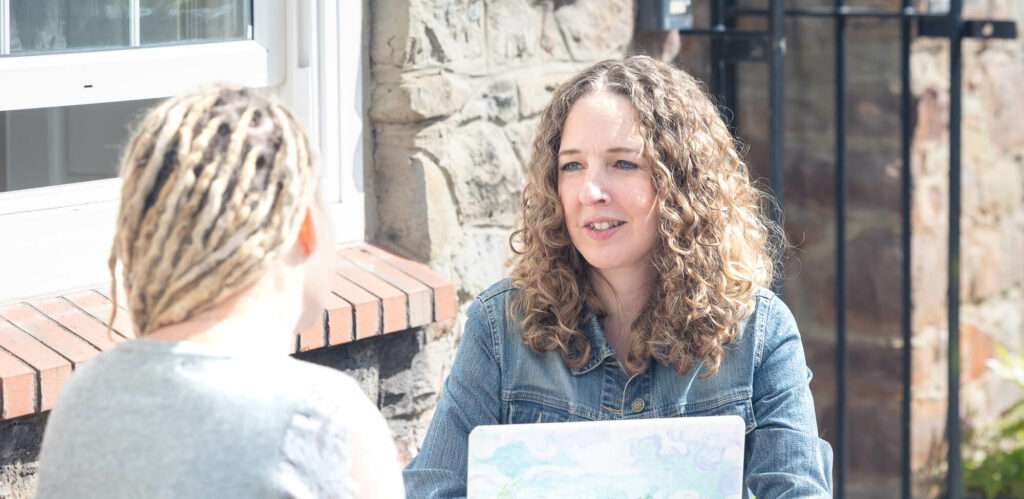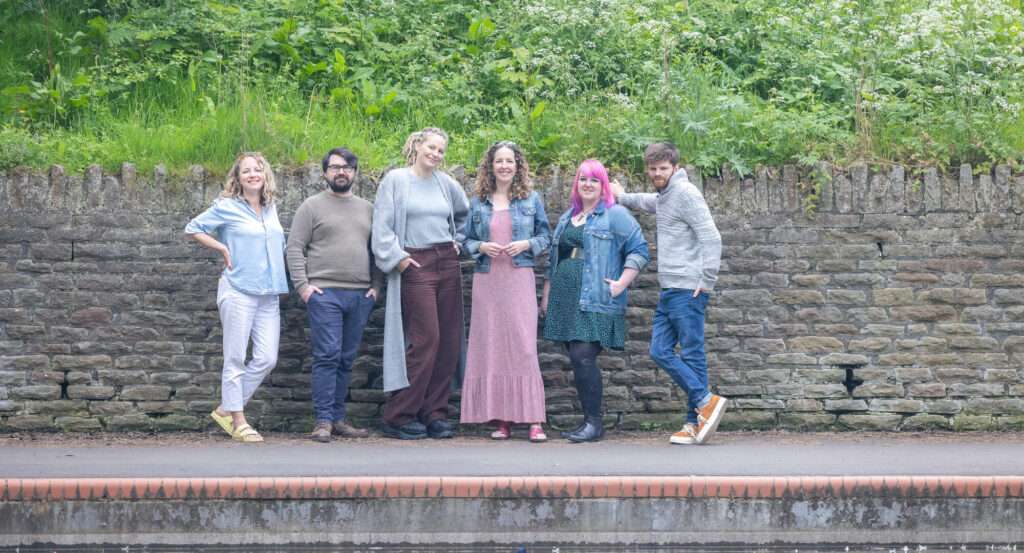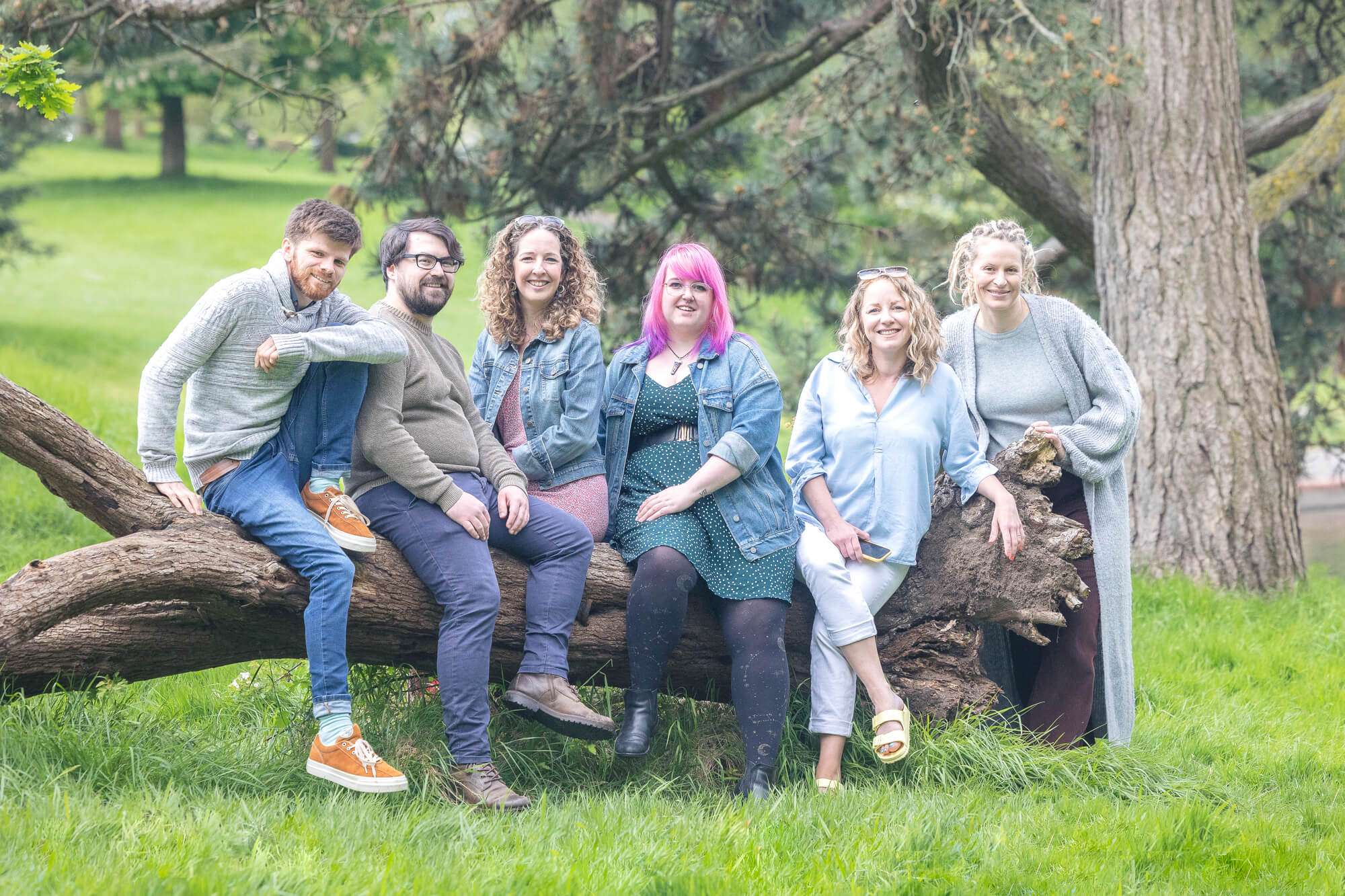

Greenwashing vs. greenhushing: 3 ways to avoid both and sell your impact
First, let’s be real: the most effective protection against greenwashing is to have an environmentally sustainable business model.
If your organisation is…
- Doing literally nothing to harm the planet
- Only producing a positive impact on the environment
…well, you’re probably in the clear.
Alas, we live in a world where this describes very few companies. We also live in a world where businesses that have a net-bad impact on the environment are frequently popping up in the news for claiming they are “the world’s most sustainable airline” or “at the forefront of sustainable innovation”.
So most businesses are left in a carbon pickle.
TL:DR
- Why we need to market our impact – and how it can go wrong
- Be concrete in your language and claims
- Seek accreditations from independent bodies
- Be transparent about mistakes…
- …and about limitations
Why we need to market our impact – and how it can go wrong
We want to talk about the good things we’re doing because a) it’s good for the brand, b) it can help customers choose brands that align with their values, and c) we need to celebrate positive environmental impact where it exists so that others follow suit.
At the same time, we can’t resort to the standard marketing tactics of hyperbole, positive spin, and selling the future before it arrives. Otherwise we end up advertising “hydrogen-ready” boilers to consumers who don’t know that hydrogen won’t be a viable fuel till at least 2025, and who don’t realise all boilers have effectively been hydrogen-ready since the early 1990s. That’s a faux pax of CMA-clamp-down proportions.
So how can we highlight our positive environmental impact without losing face or falling off a regulatory cliff in the process? As some in the industry are starting to say, how do we navigate the space between greenwashing (embellishing claims) and “greenhushing” (no concrete claims at all). Greenhushing, depending on who you ask, is either brand shyness or another, even trickier, form of greenwashing.
Tearing your hair out yet? Let’s protect your scalp by exploring how you can market your environmental impact effectively.
1) Be concrete in your language and claims
To begin with, you can throw out any urge to describe your products using the terms eco-friendly or natural. To be honest, in this age, it’s arguable whether you should even use the word sustainable. After all, Patagonia, the most recognisable fashion brand for this sort of thing, doesn’t use the word sustainable to describe any of their products. Instead, they opt for concrete terms:
- 100% recycled polyester shell and lining
- Made with durable organic hemp
- Utilises fabric scraps and recycled bottles to reduce our reliance on virgin raw materials
And so on. There are times when it’s helpful to use the word “green” or “sustainable” to describe a product if it’s measurably more green than alternatives, and that’s its primary differentiator. But you’d better be able to back it up to the hilt with concrete reasons why it’s green (biodegradable, plant-based, made in a solar-powered factory, made of 100% recycled materials etc.). If your list of reasons is damage-control at best, steer clear. After all, plastic is recyclable and we don’t call that green.
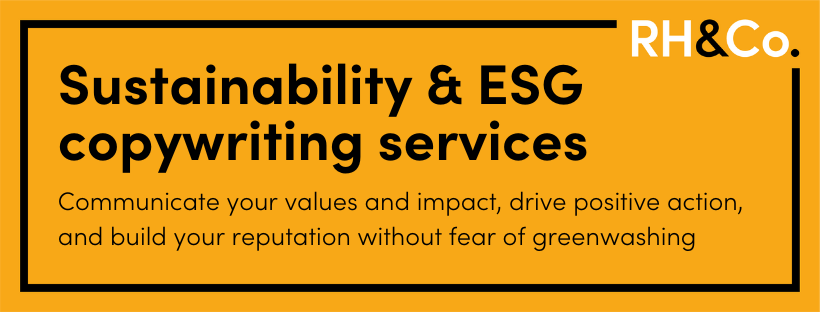
2) Seek accreditations from independent bodies
There are plenty of pitfalls when it comes to self-disclosure and company commitments. For instance, what do the following statements have in common:
- We aim to reach net-zero carbon emissions across our operations by 2040
- Our product range uses recycled materials like polyester as we work towards transitioning to better materials.
Any guesses? Well… they’re both misleading. Really, really, really misleading.
The first statement was made by Amazon in an attempt to position the company as a climate leader. Turns out, according to a private report, the retail giant isn’t counting emissions associated with any third party products on their site – only Amazon branded products. That means when they’re talking about hitting zero-carbon, they’re only counting the carbon for 1% of their online sales.
The second statement is found in Boohoo’s Ready for the Future range. Nice name. But a CMA investigation is underway, since the actual amount of recycled materials included in a new garment might be as low as 20%.
And it’s not an isolated problem either. In 2020, an EU’s assessment of 150 product claims found that 53% used “vague, misleading or unfounded information”. Is it any wonder why consumers are growing cynical?
So what’s the antidote, other than being very vigilant about what you do and don’t claim? For many, accreditation from external bodies are the answer.
One of our clients, Davines Group, uses the platform Provenance to evidence the brand’s claims about its haircare products. Provenance uses blockchain data to fact-check claims about social and environmental impact against the company’s supply chain. So if they say a product has “widely recyclable packaging” or “supports biodiversity”, there’s an independent voice to back it up. The Davines brand itself is also a certified B Corp – so they have another independent voice on their side.
3a) Be transparent about mistakes…
“Be authentic” is an easy thing to say but it’s hard for many brands and businesses to pull off. For a start, most would rather only be candid if their honesty will be met with applause – the equivalent of a pop star wearing their heart on their sleeve. Authenticity that involves, say, how unsustainable your current practices are, well, that’s less sexy.
That’s why greenwashing exists, after all. It’s so much easier for a corporation to showcase the 1% of the organisation that’s conducting research into a net-zero transition than it is to be upfront about the 99% that’s contributing to a climate or ecological crisis.
However, if you are chasing a genuinely sustainable future, and not trying to keep an environmentally toxic business afloat, brutal honesty can help put your impact in perspective.
When eyewear brand Ace & Tate became a B Corp in 2021, they could have announced it with green fanfare. Instead they announced it with the words Look, we f*cked up. Our bad moves, and proceeded to list all the ways in which the company had failed at sustainability, and what they were doing about it.
Within this they were clear to explain the limits of their carbon-reduction: “We can say we’re Carbon Neutral, but we still have a long way to go on the journey towards becoming net-zero.” They also showcased concrete errors: “We chose to produce a glasses case from Polyphenylene Ether (PPE) and bamboo fibre. It turns out, that’s not as sustainable as we thought.”
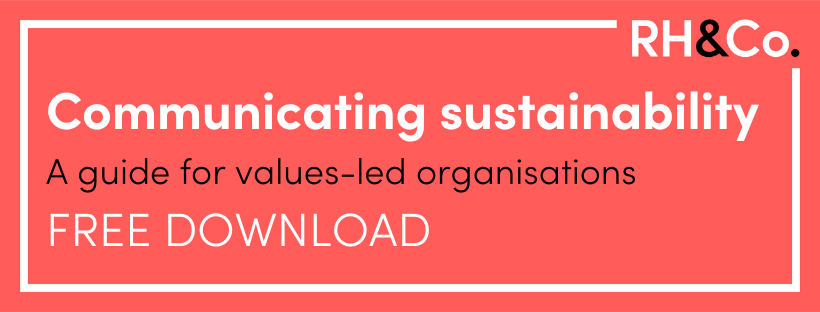
3b) …and about limitations
Even if you’re an engineering firm that only works with wind farms contracts, there are going to be limits to your positive environmental impact (possibly even a few downsides as well). And all companies can win more trust by sharing a little more than they do.
One of our own clients in HR consultancy was careful to do this in the promotion of a different kind of pension. We wrote an article for the company that had words to the effect of: For decades, our company recommended pensions that damaged the earth. Now we’re trying to change that. And yes in the interim, we’re partnering with companies that are offsetting rather than 100% carbon neutral. It’s not perfect but it’s a step in the right direction.
You might disagree with this brand stance on offsetting but at least you’re able to tell what the company is doing vs. what it isn’t. Whether or not they’re making the right move, at least they’re upfront about what they’re doing. And while transparency won’t endear a brand to everyone, it’s better than talking vaguely about being carbon neutral in a gambit for universal appeal.
Back to hompeage





